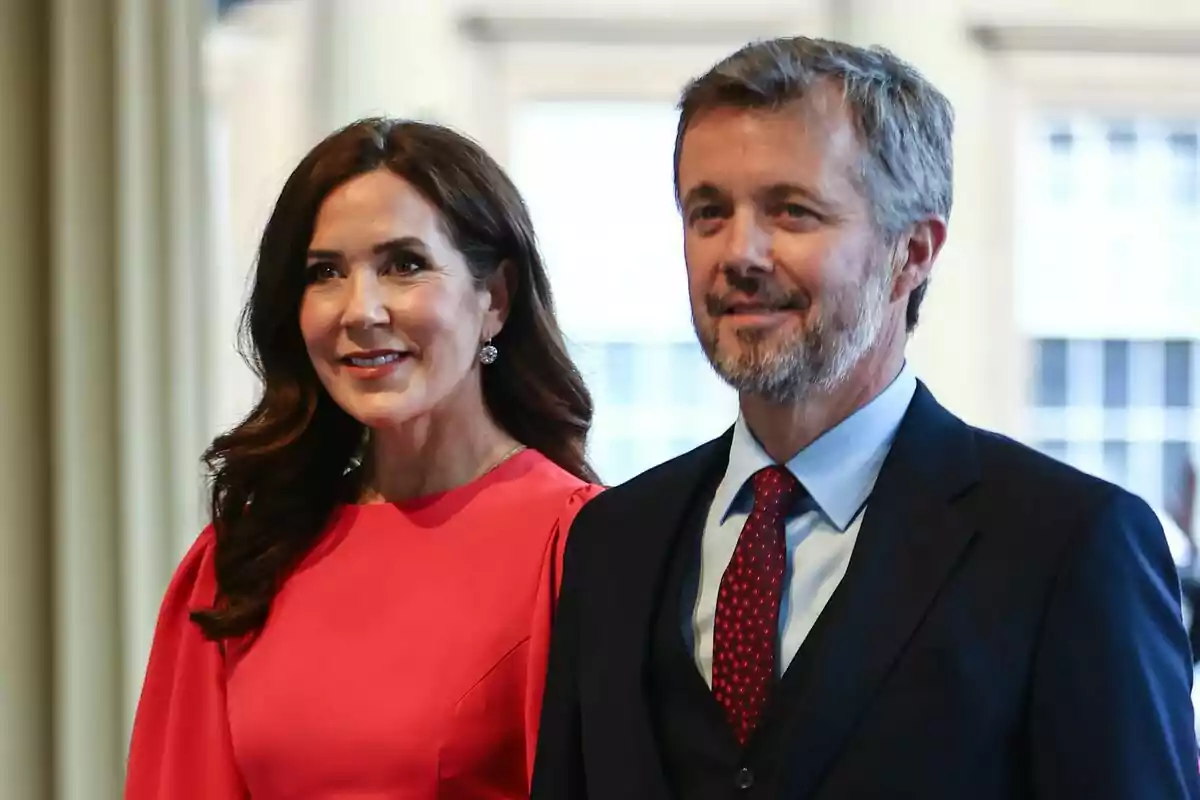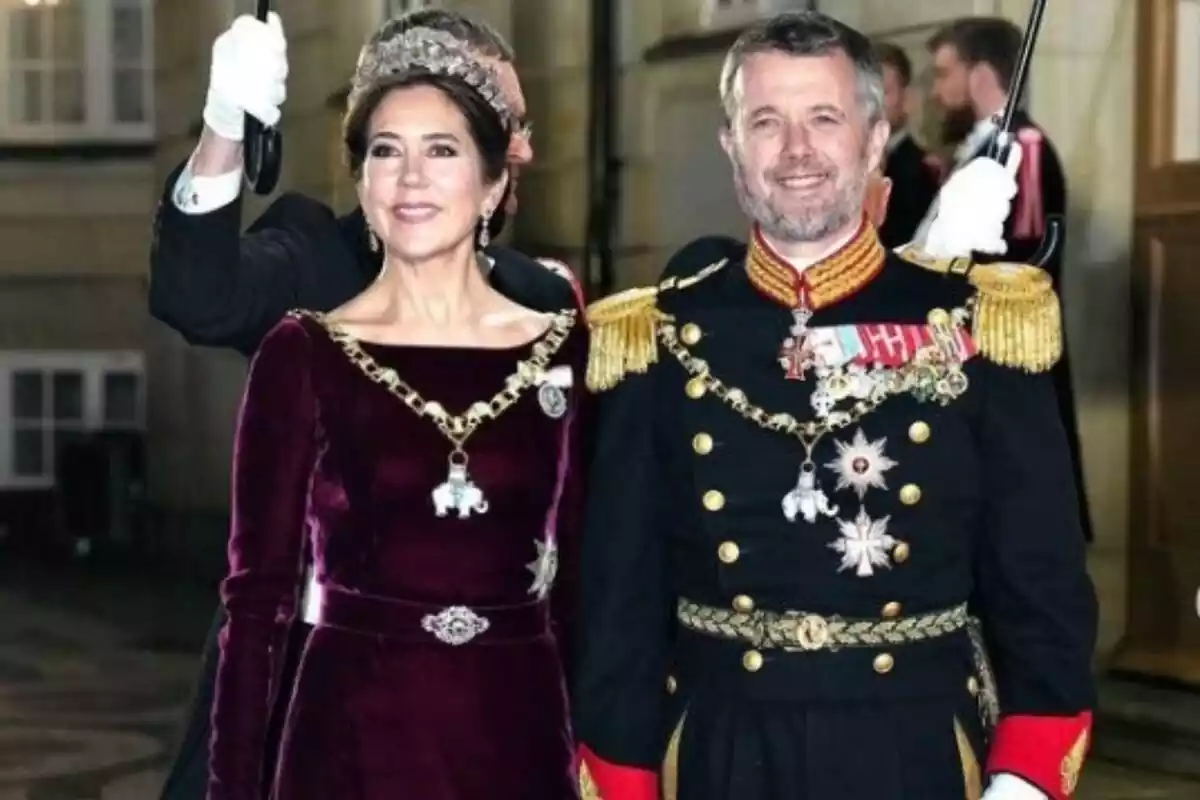Last Wednesday, attention in Denmark was focused on Amalienborg Palace. King Frederik and Queen Mary surprised everyone by announcing a measure that few could have imagined. The news, shared both on the official website of the Royal House and on their social media, has caused anticipation throughout the country.
For decades, Danes have watched New Year's ceremonies with interest. These events represent tradition, protocol, and closeness to the monarchy. Now, however, a question arises: what has motivated the royals to change something that seemed untouchable?

The royal house announces historic changes in New Year's celebrations
The Royal House of Denmark has kept, for centuries, a ceremonial calendar that barely changed since the Ordinance of Ranks of 1671. This historic document determined who could be present at royal receptions and banquets. While it worked at the time, Danish society in the 21st century demands more inclusion and representation.
Since his proclamation as king in January 2024, Frederik has advocated together with Mary for a modern monarchy, sensitive to social changes. Both have reiterated on different occasions that their role is to accompany the pulse of the nation. Thus, New Year's celebrations became the perfect stage to take the step that is now being announced.
The big news is now official: starting in 2026, New Year's celebrations in Denmark will change deeply. Amalienborg Palace confirmed that King Frederik and Queen Mary will reformulate the Grand New Year's Dinner. The historic gathering will leave behind the Ordinance of Ranks of 1671, considered obsolete because many of the titles listed no longer exist.

The event will be renamed Course for Public Denmark and Select Groups with Noble and Honorary Titles. According to the statement, the goal is clear: to broaden participation and make room for more voices from today's Danish society. For the first time, representatives from university colleges, business academies, and art schools, in addition to universities, will be included.
This change is significant, as the expansion of guests breaks with an exclusive model that had remained unchanged for centuries. In fact, the list will go from about 30 national organizations to nearly 100. Frederik and Mary's commitment reflects the intention to open the doors of the monarchy to greater diversity.
More changes from King Frederik and Queen Mary for the Grand New Year's Dinner
The announcement also details an innovative aspect: the new guests will represent sectors traditionally absent from these ceremonies. Organizations working with young people, groups dedicated to climate, volunteer associations, and entities focused on disability will have their place at the royal table.
The idea, the Royal House emphasizes, is to give a voice to those who symbolize the country's social transformations. For Mary, this gesture is a reflection of the closeness she wishes to bring to her role as queen consort. Meanwhile, for Frederik, it means consolidating a monarchy that not only looks back, but also listens to and responds to today's society.
Perhaps the most striking measure is the inclusion, starting in 2026, of Denmark's 98 mayors and the five presidents of regional councils. Until now, only the mayors of Gentofte and Frederiksberg could attend the Grand New Year's Dinner.
This new group will even have a special event at Christian VIII's Palace in Amalienborg. It will be held immediately after the Small New Year's Course, and will mark a milestone in local representation within royal life. For many, this step strengthens the direct bond between the monarchy and the citizenry.
Although the changes are significant, the Royal House wanted to emphasize that some ceremonies will remain intact. The Small New Year's Course, reserved for the Supreme Court and the Royal Guard, will not undergo modifications. Nor will the meeting with the diplomatic corps, or the section dedicated to the officers of the Armed Forces.
The changes driven by King Frederik and Queen Mary open a new era for the Danish monarchy. As always, the royal couple will travel through Copenhagen in the golden carriage from Amalienborg to Christiansborg. Now, the big question is how society will react to these reforms and whether they will become a symbol of the future.

